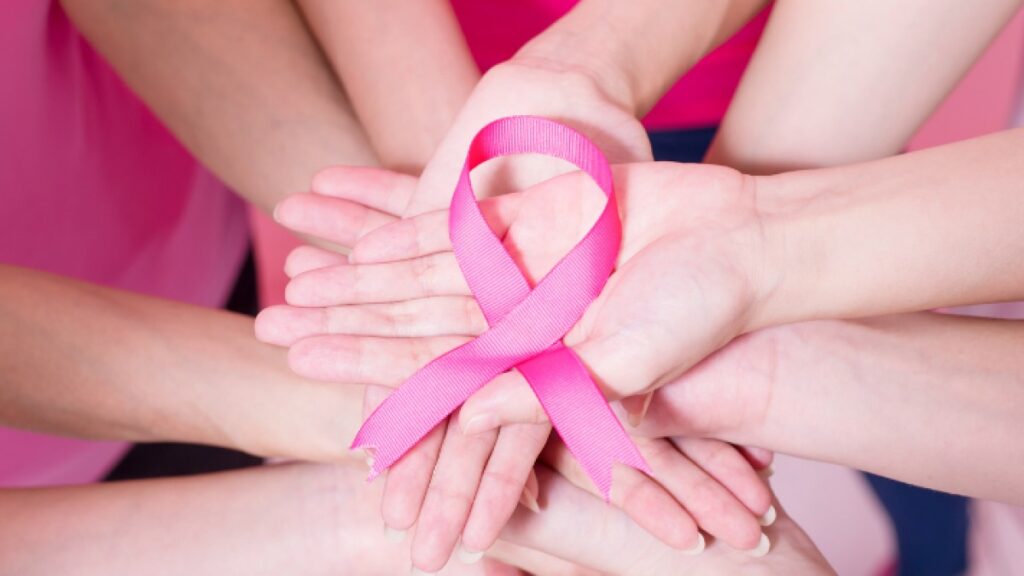Breast cancer can manifest in various ways, and it’s important for women to be vigilant about changes in their breasts. Some warning signs of breast cancer that are often ignored or overlooked include:
1. New lump or mass:
The most common sign of breast cancer is the discovery of a new lump or mass in the breast or underarm area. It’s crucial to have any new lump examined by a healthcare professional.
2. Changes in breast size or shape:
Significant changes in the size, shape, or contour of the breast can be a sign of breast cancer. This may include swelling, dimpling, or puckering of the skin.
3. Nipple changes:
Look for nipple discharge (other than breast milk), nipple inversion or retraction, scaling, redness, or other changes in the appearance of the nipple or areola.
4. Skin changes:
Unexplained skin changes on the breast, such as redness, warmth, or thickening, may indicate a problem. It’s important to pay attention to any persistent skin abnormalities.
5. Breast pain:
While breast pain is not usually a symptom of breast cancer, some women with breast cancer may experience breast pain. Any unexplained, persistent breast pain should be evaluated by a healthcare provider.
6. Changes in breast texture:
Changes in the texture of the breast, such as the development of ridges or a pitted appearance (similar to the skin of an orange), can be a sign of breast cancer.
7. Unexplained weight loss:
Sudden and unexplained weight loss can be a sign of advanced breast cancer. It’s important to consult a healthcare professional if you experience significant weight loss without a clear reason.
8. Changes in the appearance of veins:
Sometimes, the appearance of veins on the breast can change, become more prominent, or look different from what is normal for you. This can be a subtle sign of an underlying issue.
9. Breast asymmetry:
While breast asymmetry is common, any sudden and noticeable change in breast size or shape between the two breasts should be evaluated.
10. Family history and genetic factors:
A strong family history of breast cancer or certain genetic mutations (e.g., BRCA1 and BRCA2) can increase the risk. If you have a family history of breast cancer, it’s important to discuss your risk with a healthcare provider and consider genetic counseling and testing.
It’s essential to remember that these signs and symptoms can be caused by various conditions, and having one or more of these symptoms does not necessarily mean you have breast cancer. However, it’s crucial to be proactive about your breast health and to consult a healthcare provider if you notice any persistent or unusual changes in your breasts. Regular breast self-exams and mammograms as recommended by your healthcare provider are important for early detection and prevention.
also read :
Inflammatory Breast Cancer : A Rare and Aggressive Form of Breast Cancer
Understanding Breast Cancer: Causes, Symptoms, Diagnosis, Treatment, and Prevention
